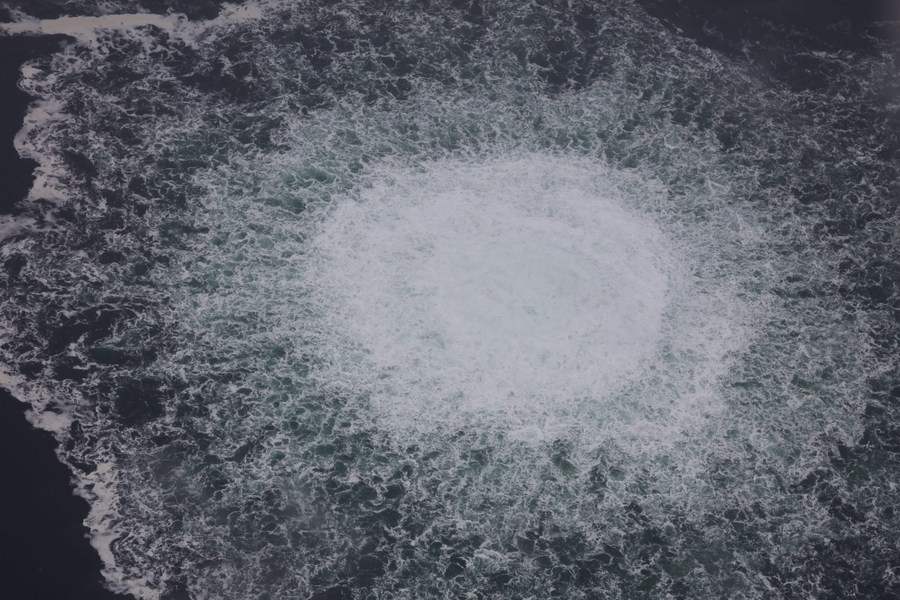Ukraine is facing a serious energy challenge ahead of the 2025-2026 winter, when the gas storage system is almost exhausted. To ensure supply, Kiev is forced to increase gas imports, including routes from Germany to the Czech Republic and Slovakia. However, transportation costs via this route are about to increase sharply, further further ending Ukraine's energy problem.
From January 1, 2026, the Czech Energy Regulatory Authority (ERU) officially increased the price of gas transit through the national gas system (GTS), the Waidhaus (Germany) - Lanžhot (Czech) - Veľke Kapušany (Slovakia) route.
Accordingly, transferring every 1,000 cubic meters of gas from the German border to Slovakia will cost about 128 USD if booked in advance for the whole year and higher if booked in the short term.
The underlying reason is that the Czech Republic has almost lost all revenue from the Russian gas transition after the flow through Nord Stream was blocked.
Before 2022, Russian gas will pass through Germany and then round the Czech Republic for re-export. But after the Nord Stream sabotage in September 2022, the flow has completely stopped. From more than 42 billion cubic meters in 2021, gas transit through the Czech Republic will fall to less than 1 billion cubic meters in 2023 and 2024.

The revenue of Net4Gas - the transit system operator - decreased from 294 million USD (2021) to just over 400,000 USD (2024). The company was nationwide at the end of 2023 to avoid the risk of bankruptcy and is suing Gazprom an international arbitration to claim compensation.
However, before waiting for compensation, Net4Gas has put the financial burden on consumers, including Ukraine, if Kiev chooses this route to import LNG through Germany.
Ukrainian gas imports could therefore increase by nearly 30% compared to current levels on the European floor (about 430 USD/1,000 m3). Meanwhile, Ukraine needs at least 4.5 billion cubic meters of gas to replenish its reserves before the winter, after being forced to "rescue" supplies in February and March 2025.
Cheaper routes through Poland and Hungary are overloaded and packed. The US-backed vertical gas corridor solution LNG transportation from Greece via Bulgaria, Romania and Moldova still has high costs ($92/1,000 m3) and no one has booked in June. According to data from Ukratransgaz, no drops of gas were imported from Romania this month.
Meanwhile, Ukraine - once considered the center of Eastern European gas - is now borrowing to survive the cold season. The 410 million euros in support from the European Bank for reconstruction and Development (EBRD) and the Norwegian government is only enough to import about 1 billion m3, less than a quarter of the minimum demand.
According to an investigation by German press and investigative journalist Seymour Hersh (US), Ukraine is no longer a simple "victim" in the Nord Stream story. Many sources said that the group of Ukrainian divers, under the direction of former Commander-in-Chief Valerii Zaluzhnyi, carried out the Nord Stream sabotage in September 2022 with logistical support from NATO and Western intelligence. Seymour Hersh even cited the US and Norway as collaborating to plant Nord Stream explosives during an exercise.










